Cracking the Code: Enhancing Reading Comprehension in Primary School Learners

“Reading and speaking are part of our identity. They push us forward by enabling us to understand what we’ve read and connect with others. They serve as the building blocks for progress and provide us with the power to reject what we don’t like. They allow us to express ourselves and grant us the freedom to communicate. In Africa, reading and having a voice are undeniably intertwined with survival—survival of oneself, survival of languages, and survival of communities.” This insightful comment was shared by Heidi Van Niekerk in response to our previous blog post, “The Power of Word Recognition: Enhancing Reading Skills.” It serves as the starting point for today’s blog post, as tomorrow marks Youth Day, which commemorates the Soweto Uprising on June 16, 1976. This historic event ignited similar protests across the country. The youth of ’76 courageously stood against apartheid laws and the Bantu Education Act of 1953, which aimed to limit Africans to menial roles in the apartheid society. Since the 1994 democratic elections, June 16th has been recognised as a national holiday.
The ability to read for comprehension equips a child with critical thinking skills and nurtures their creativity. It builds a child’s ability to construct clear sentences and is a key skill in effective communication. Proficiency in reading is crucial for learning, and progressing from primary school to the world of work. However, some children struggle with comprehending what they read. As a parent, caregiver, or teacher, you may have observed the discrepancy between your child’s reading skills and their understanding of the text. In this blog post, we will explore several strategies to support your child’s reading comprehension. Feel free to choose one or more that resonate with you.
To enhance your
child’s reading skills,
start with a
reading plan.
Establish
reading practices
that include
reading for
information,
communication,
and enjoyment.
Enhancing Reading Comprehension
To enhance your child’s reading skills, start with a reading plan. Establish reading practices that include reading for information, communication, and enjoyment. Additionally, foster a reading culture and motivate your child to read on a daily basis.
Teachers use various methods to teach reading, including pre-reading, reading, and post-reading activities. These involve shared reading, guided group reading, and independent reading. In shared reading, a text is used over multiple days, with a new focus chosen each day. Guided reading involves group sessions where children of similar reading levels can comfortably read. The teacher provides support to help learners gradually develop independent reading skills. This approach allows the teacher to select texts that align with students’ abilities and gradually increase the level of complexity. An independent reading level refers to the level at which a reader can understand text with a high level of accuracy, typically around 95% or with one error per 20 words read, without the need for significant support. This means that out of every 100 words an independent reader would make five mistakes. But this percent can change depending on the complexity of the text.
Tips and Activities to Support Reading Comprehension
Teach your child the eight parts of speech, sentence types, and comprehension strategies based on Bloom’s Taxonomy (a method that categorises different levels of thinking and learning in several steps). Engage them in activities that involve identifying parts of speech in texts, recognising different sentence types, and using sample questions aligned with the Taxonomy, which can deepen their understanding.
Parts of Speech.
The eight parts of speech are: noun, pronoun, adjective, verb, adverb, preposition, conjunction, and interjection.
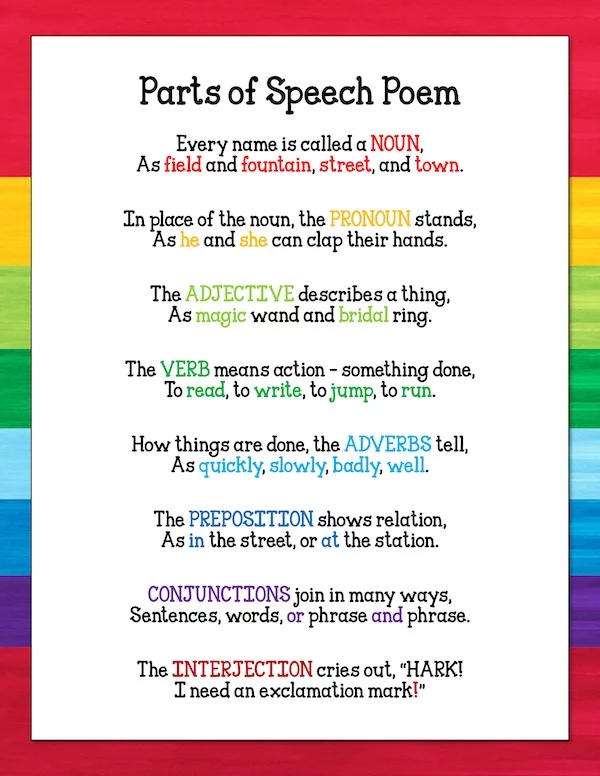
Good Job!
Encourage your child
to identify the various
types of sentences in texts,
and read aloud to demonstrate
the different meanings and tones
in the different types of sentences.
Sentence Types.
Encourage your child to identify the various types of sentences in texts, and read aloud to demonstrate the different meanings and tones in the different types of sentences. There are four types of sentences: declarative, interrogative, imperative, and exclamatory. A declarative sentence makes a statement. An interrogative asks a question. An imperative gives a command, makes a request, or expresses a direct order. And an exclamatory sentence expresses strong emotions, excitement, or surprise.
Good Job!
Engage your child
in deeper levels
of understanding
through activities
that involve
remembering,
understanding,
applying,
analysing,
evaluating,
and creating text.
Comprehension Strategies.
Engage your child in deeper levels of understanding through activities that involve remembering, understanding, applying, analysing, evaluating, and creating text. Following is a list of sample questions.
Questions for comprehension – based on Bloom’s Taxonomy
Sample Question: Explain in your own words why….
Sample Question: Describe the sequence of events ….
Sample Question: Give an example of…
Sample Question: Can you give a definition for the word …?
Sample Question: Can you explain what… means?
Sample Question: Change the end of the story, what do you think happens next?
Sample Question: What was the main idea (moral) of the story?
Sample Question: Who did…. and why?
Sample Question: Was this story similar to…..? In which ways
Sample Question: What did you like about the story?
Active Reading.
Encourage active reading by having your child underline key points and important information in the text.
Contextualised Reading.
Provide age-appropriate and contextualised reading material that your child would enjoy, such as comic books or recipes, and encourage them to write book reports or summaries.
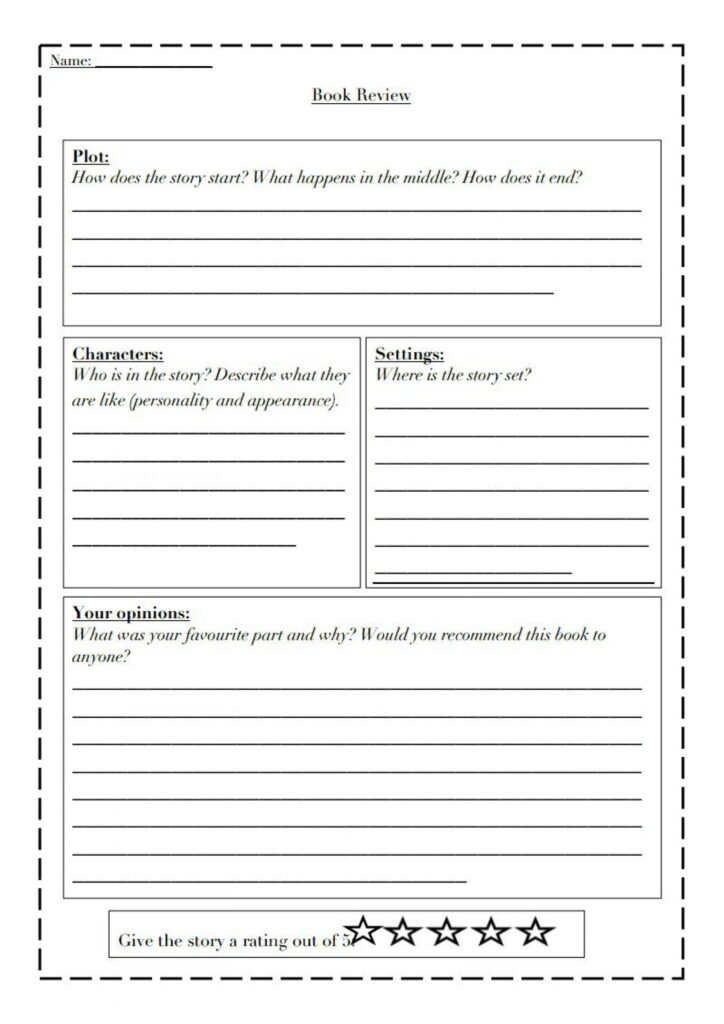
Interactive Reading, including read-aloud sessions, guided reading, and shared reading, allow for modelling and shared experiences. Model reading behaviour and read together with your child.
Reading groups provide opportunities for children of similar reading levels to discuss the text, exploring topics like the moral of the story, reasons behind events, emotional reactions, and favourite characters. After reading, encourage them to write a summary, and/or generate new questions to reflect on the text. Post reading activities allow children to clarify and recall what they read.
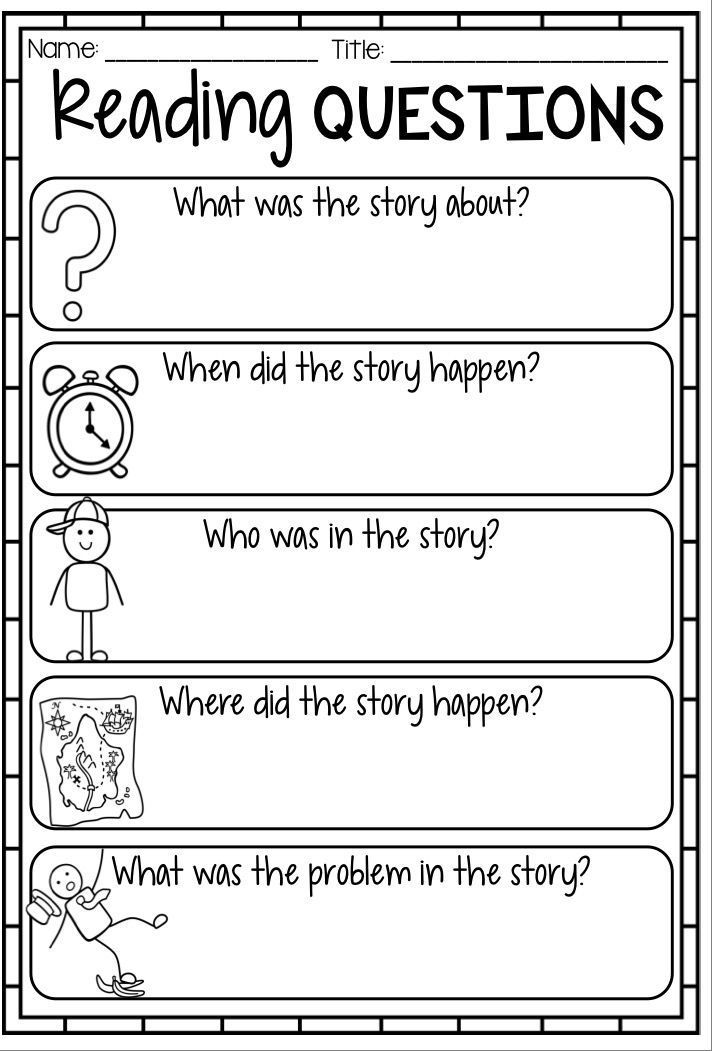
Graphic Organisers, such as story maps, are another useful tool that helps your child formulate answers to who, what, when, where, why, and how questions.
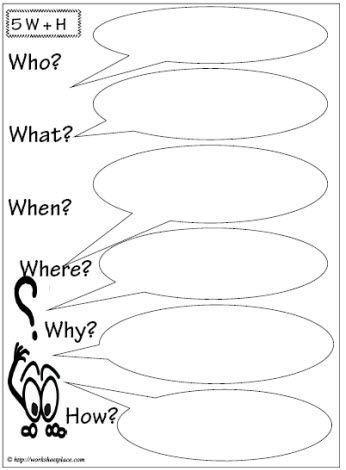
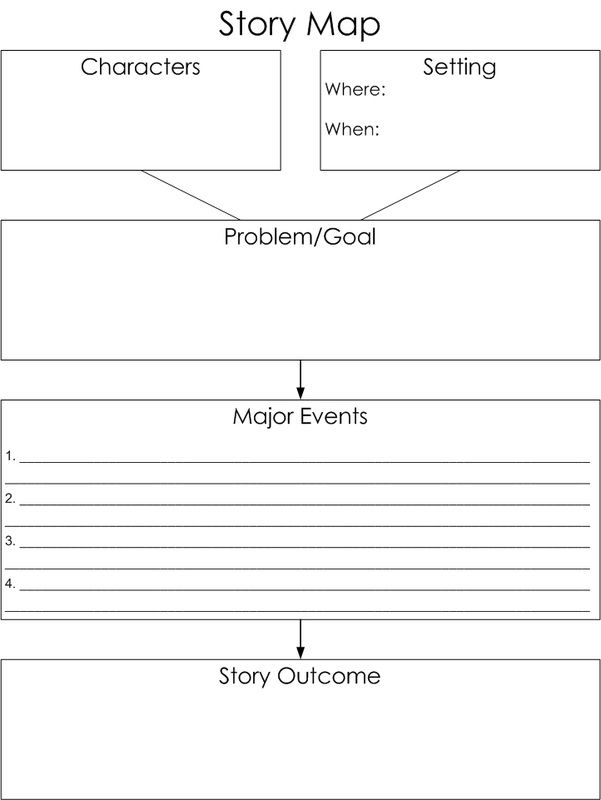
Teach your
child common
prefixes and suffixes
found in texts.
Vocabulary development is also crucial for reading comprehension. Teach your child common prefixes and suffixes found in texts, and encourage them to do word games, puzzles, and word associations to reinforce their understanding.
Prefixes
un- (e.g., unhappy, unlock)
re- (e.g., rewrite, reassess)
dis- (e.g., disagree, disadvantage)
mis- (e.g., misbehave, misconduct)
pre- (e.g., preview, precaution)
over- (e.g., overcooked, overuse)
sub- (e.g., submerge, submarine)
inter- (e.g., interact, international)
multi- (e.g., multitask, multiplication)
ex- (e.g., exit, exhale)
Suffixes
-able/-ible (e.g., readable, flexible)
-er/-or (e.g., teacher, ancestor)
-ful (e.g., joyful, helpful)
-less (e.g., fearless, useless)
-ment (e.g., movement, development)
-tion/-sion (e.g., population, discussion)
-ly (e.g., quickly, happily)
-ness (e.g., kindness, darkness)
-able/-ible (e.g., comfortable, sensible)
–ing (e.g., sleeping, running)
Creating a
vocabulary
word wall
can be a
helpful visual tool.
Word Wall
Word
Rewrite
Part of Speech
Verb
Meaning
To write again, especially in a different and improved form.
Make a sentence
I will rewrite my book report.
Provide constructive
feedback, support,
and encouragement
to your child,
celebrating their
progress and growth
in reading comprehension
Additionally, consider incorporating other activities such as drawing pictures, creating cartoon strips, performing plays, making flow charts, and designing colouring books based on the text. These activities promote creativity, engagement, and deeper comprehension.
Lastly, provide constructive feedback, support, and encouragement to your child, celebrating their progress and growth in reading comprehension.
Your dedication and guidance as a parent or teacher in implementing these strategies will greatly contribute to your child’s reading comprehension skills and overall development.
In closing, by implementing these strategies and fostering a love for reading, you are empowering your child to become a confident and proficient reader. The skills they gain will not only benefit their academic journey but also support their personal growth and lifelong learning. Keep encouraging and supporting your child, and celebrate the joy of reading together!
Yours in Education,
KC2
3 Comments
-
Gail says:
Excellent article. There are lots of tips and guidance for the parent to follow. Thank you
Leave a Reply Cancel reply
This site uses Akismet to reduce spam. Learn how your comment data is processed.


Great tips Kai. Thanks so much. Will pass this on.